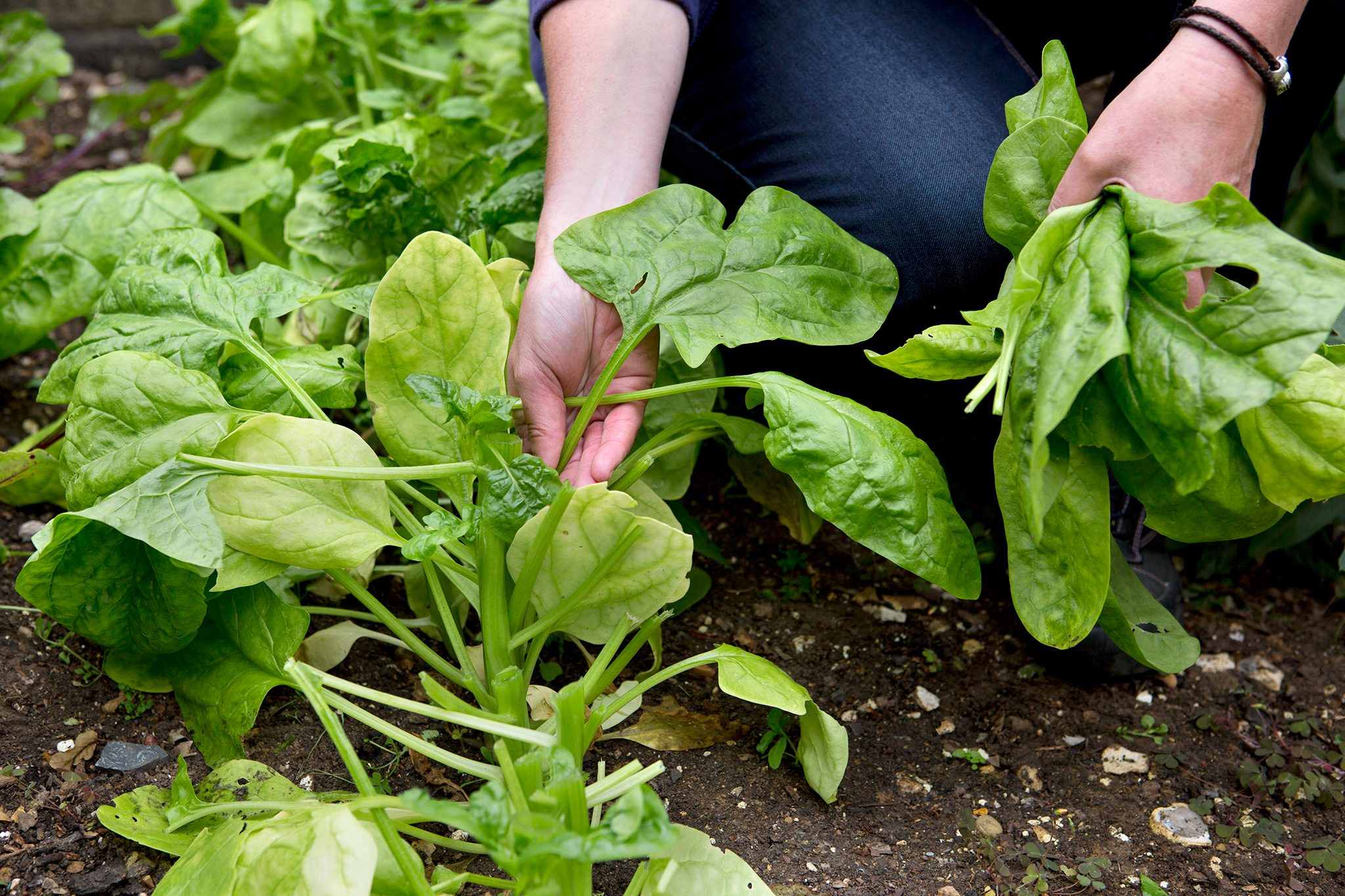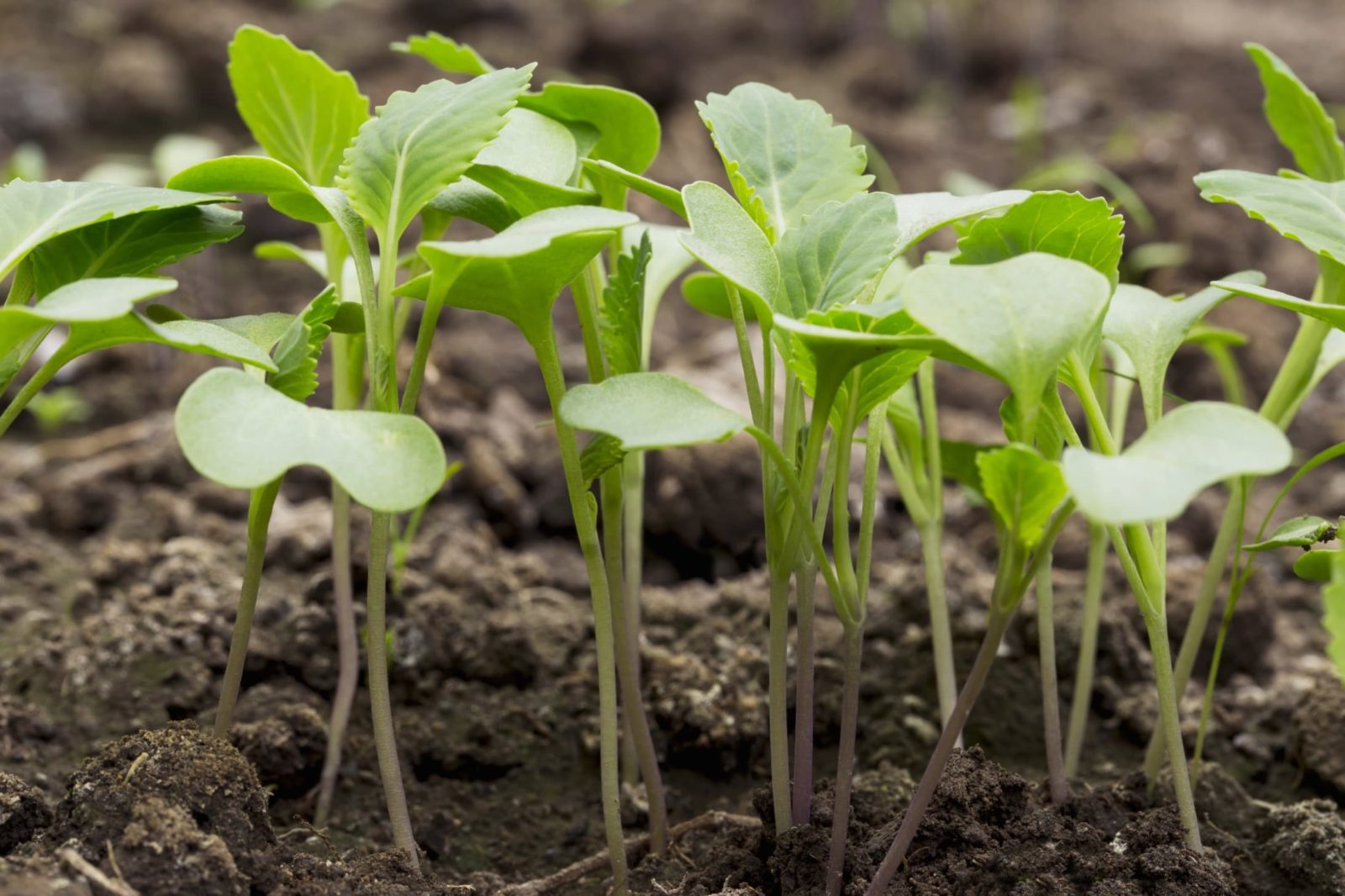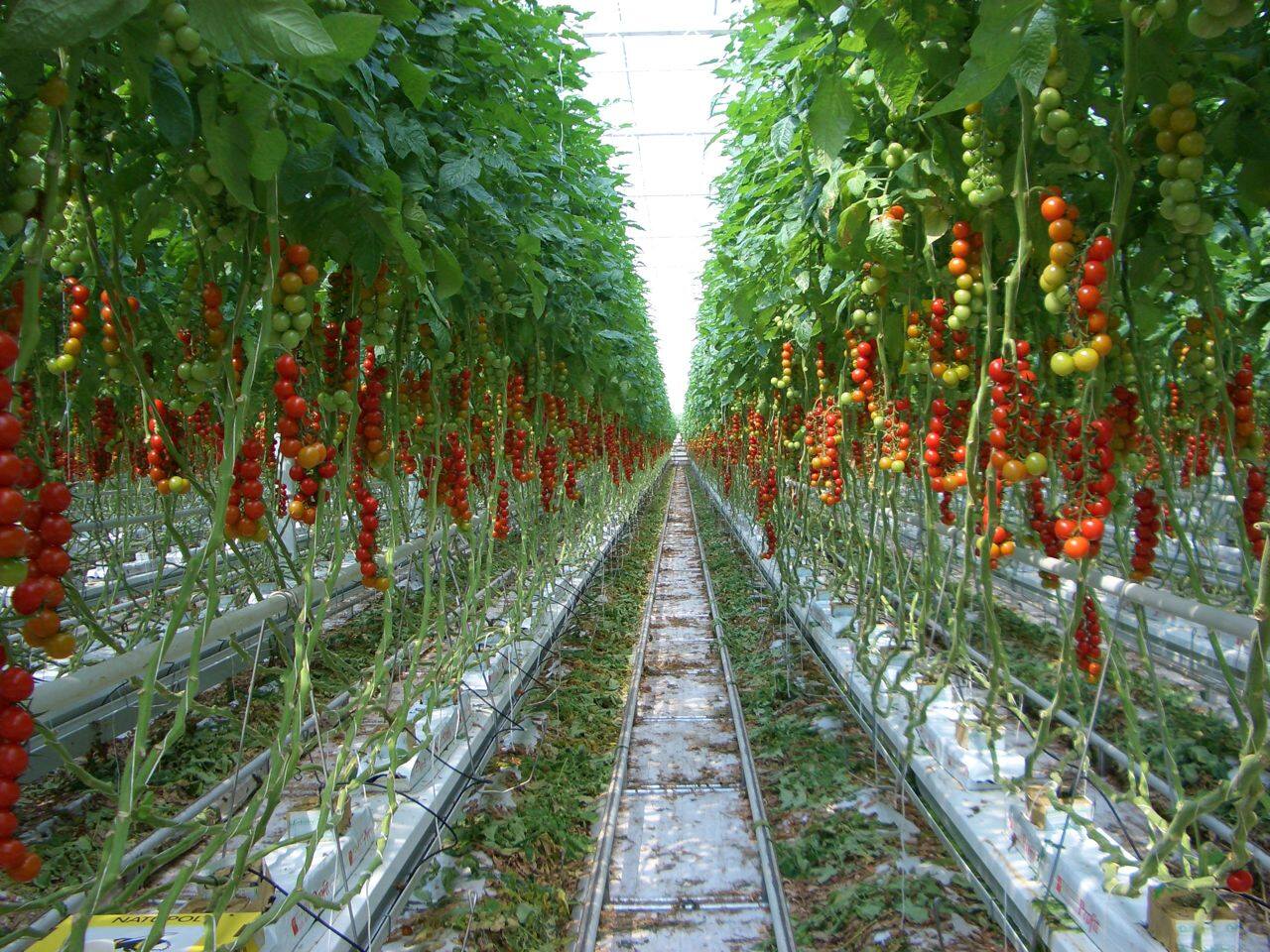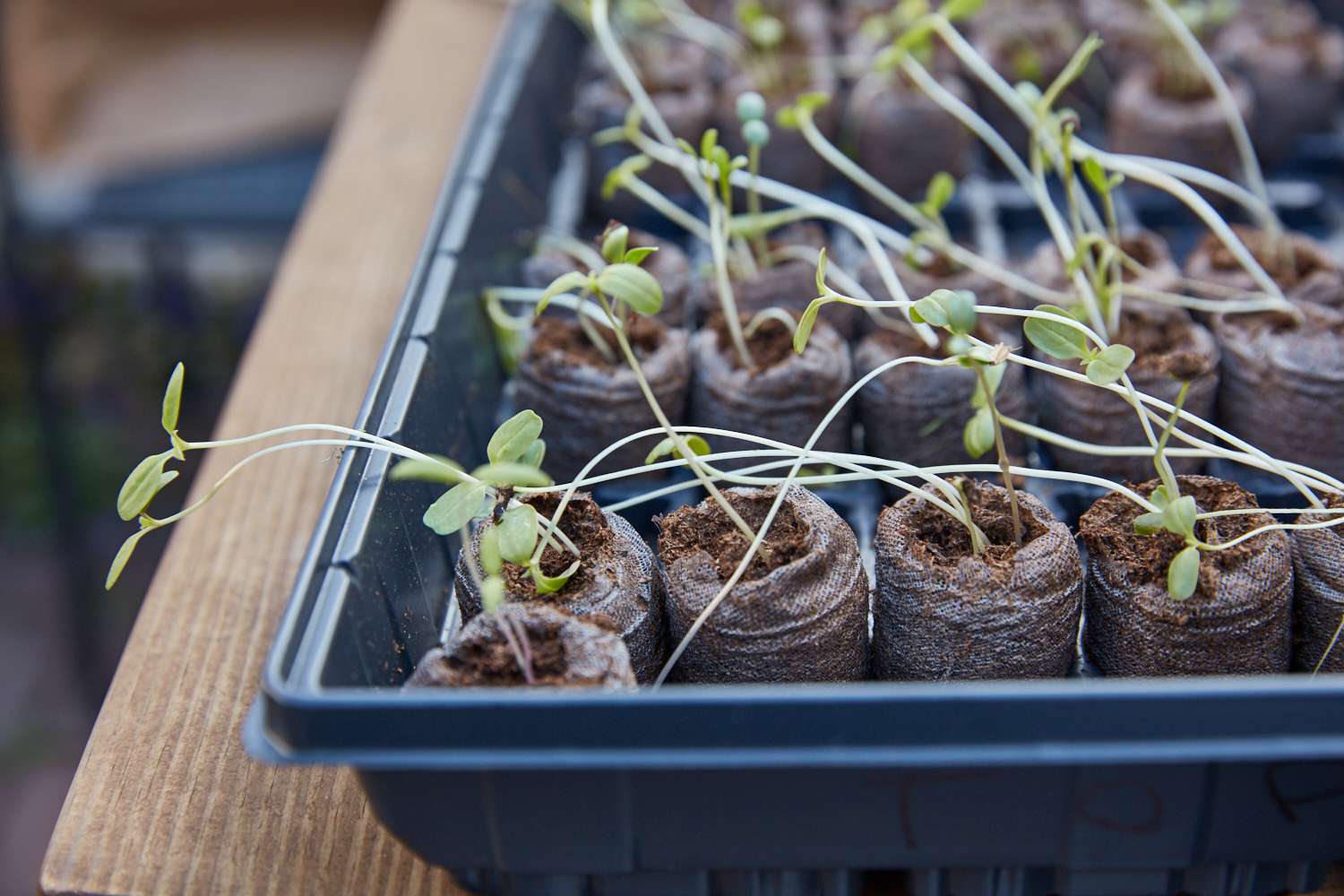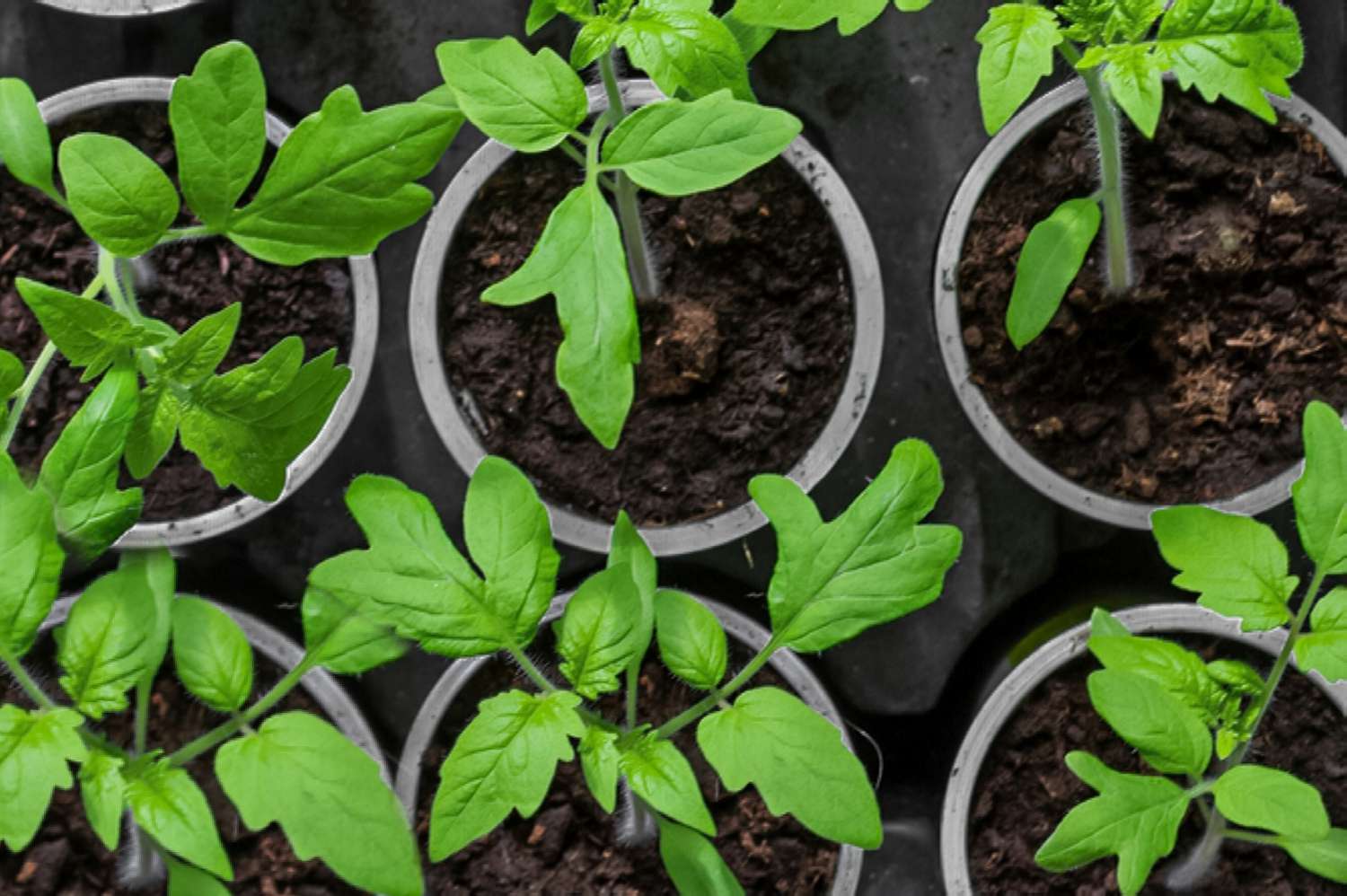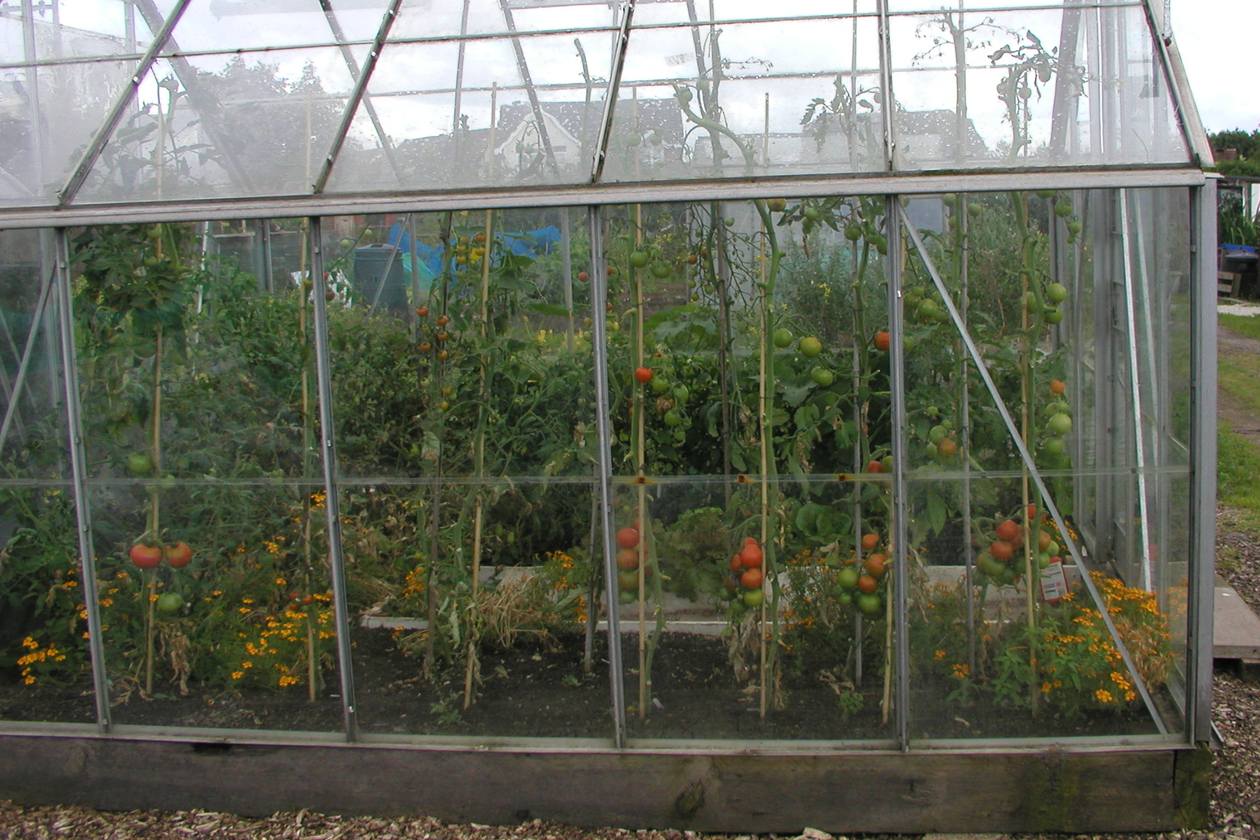Home>Gardening Basics>Understanding Soil>How Deep Soil For Tomatoes


Understanding Soil
How Deep Soil For Tomatoes
Modified: February 5, 2024
"Understanding soil is crucial for growing healthy tomatoes. Discover how deep soil for tomatoes can impact their growth and learn the best practices for optimizing soil quality."
(Many of the links in this article redirect to a specific reviewed product. Your purchase of these products through affiliate links helps to generate commission for Chicagolandgardening.com, at no extra cost. Learn more)
Table of Contents
Introduction
When it comes to growing tomatoes, the quality of the soil plays a crucial role in determining the success of your garden. While many factors contribute to healthy tomato plants, one of the key elements is the depth of the soil. Deep soil provides numerous benefits for tomatoes, such as improved root development, increased nutrient availability, and better water retention.
Deep soil refers to soil that is adequately deep to allow tomato roots to penetrate and grow freely. It provides a larger space for roots to spread out, allowing them to access essential nutrients and water from a wider area. This leads to healthier and stronger plants, resulting in increased yield and better fruit quality.
In this article, we will explore the benefits of deep soil for tomatoes and discuss the factors to consider when creating a suitable growing environment. We will also provide tips on how to prepare and maintain deep soil in your garden, ensuring optimal conditions for your tomato plants.
Achieving deep soil for tomatoes requires careful planning and preparation, but the rewards are well worth the effort. So let’s dive in and discover the secrets to growing robust and flavorful tomatoes with the help of deep soil.
Benefits of Deep Soil for Tomatoes
Deep soil offers a multitude of advantages for growing tomatoes. Let’s explore some of the key benefits:
- Improved root development: Deep soil allows tomato roots to grow deeper and spread out. This promotes stronger root systems, which are essential for nutrient uptake and overall plant health. Robust roots anchor the plants firmly in the ground, making them more resistant to wind, storms, and other environmental stresses.
- Increased nutrient availability: Deep soil provides a larger volume for nutrient-rich organic matter to be incorporated. This results in improved soil fertility and nutrient availability for the tomato plants. With ample nutrients at their disposal, the plants can grow vigorously and produce abundant harvests.
- Better water retention: Deep soil has a higher water-holding capacity, allowing it to retain moisture for a longer duration. This is particularly beneficial during dry spells or in regions with limited water availability. The extended moisture supply ensures that tomato plants have consistent access to water, reducing the risk of drought stress and promoting optimal growth.
- Enhanced aeration: Deep soil allows for better airflow and oxygen penetration, creating a healthy root environment. Well-aerated soil prevents root rot and other soil-borne diseases that can harm tomato plants. When roots have access to ample oxygen, they can perform crucial functions such as nutrient absorption and energy production more efficiently.
- Improved soil structure: Deep soil encourages the development of a well-structured soil profile. It helps to break up compacted soil, allowing roots to penetrate easily and water to percolate through the soil layers smoothly. The improved soil structure also facilitates beneficial microbial activity, leading to healthier soil and nutrient cycling.
By cultivating tomatoes in deep soil, you provide them with an optimal growing environment that supports their needs throughout the growing season. This results in healthier, more resilient plants and a bountiful harvest of delicious tomatoes.
Factors to Consider
Creating deep soil for tomatoes requires careful consideration of various factors to ensure the best growing conditions. Here are some key factors to keep in mind:
- Soil type: Different soil types have varying levels of natural depth. Sandy soils tend to be shallower, while loamy or clay soils can have greater depth. Understanding your soil type is essential in determining how deep you need to make it for optimal tomato growth.
- Drainage: Proper drainage is crucial for deep soil. If the soil is poorly drained, excess water can accumulate and lead to root rot. Consider the natural drainage patterns in your garden and make any necessary amendments, such as adding organic matter or creating raised beds, to ensure adequate water movement through the soil profile.
- Available space: Determine the available space for your tomato garden and plan accordingly. If ground space is limited, you may consider growing tomatoes in containers or using raised beds to create the required depth.
- Existing soil conditions: Assess the existing soil conditions to identify any deficiencies or imbalances that need to be addressed. Conduct a soil test to determine nutrient levels and pH, and amend the soil accordingly to create a fertile and balanced growing medium.
- Rooting depth of tomato varieties: Different tomato varieties have varying root depths. Consider the specific variety you are growing and its rooting habits. This will help you determine the depth of soil needed to accommodate the root system adequately.
- Maintainability: Consider the long-term maintenance of deep soil. Ensure that you have the resources and time to consistently care for deep soil, including watering, fertilizing, and managing any potential soil compaction issues.
By taking these factors into account, you can create a suitable environment for deep soil that will promote healthy tomato growth and maximize your chances of a successful harvest. Remember that each garden is unique, so adapt these considerations to fit your specific situation and goals.
Preparing the Soil
Preparing the soil is a crucial step in creating deep soil for tomatoes. Follow these steps to ensure that your soil is adequately prepared:
- Clear the area: Start by clearing the area of any debris, rocks, or weeds. This will provide a clean slate for creating deep soil.
- Loosen the soil: Use a garden fork or a tiller to loosen the soil to a depth of at least 12 inches. Loosening the soil helps break up compacted layers and allows roots to penetrate easily.
- Add organic matter: Incorporate compost, well-rotted manure, or other organic matter into the soil. This enriches the soil with essential nutrients and improves its structure, enabling better drainage and nutrient retention.
- Adjust pH levels: Test the soil pH using a soil testing kit. Tomatoes prefer a slightly acidic pH ranging from 6 to 6.8. If the pH is too high or too low, amend the soil with the appropriate materials to adjust the pH levels.
- Amend with nutrients: Based on soil test results, add necessary nutrients to the soil. This can include applying a balanced fertilizer or specific nutrients like nitrogen, phosphorus, and potassium, following the recommended application rates.
- Consider drainage: If your soil has poor drainage, take measures to improve it. This can involve creating raised beds, adding organic matter to enhance soil structure, or installing drainage tiles if necessary.
- Mulch: Apply a layer of organic mulch around the base of the tomato plants. This helps conserve moisture, regulate soil temperature, suppress weeds, and add organic matter to the soil over time.
By adequately preparing the soil, you provide a nutrient-rich and well-aerated environment for your tomato plants to thrive. Taking the time to prepare the soil before planting will pay off in the long run, resulting in healthier plants and abundant harvests.
Techniques for Creating Deep Soil
Creating deep soil for tomatoes involves implementing specific techniques to achieve the desired soil depth. Here are some effective techniques to consider:
- Double-digging: Double-digging is an intensive technique that involves digging and loosening the soil to a depth of two spade lengths. Start by removing the topsoil and set it aside. Then, loosen the subsoil by using a garden fork or spade, breaking up any compacted layers. Finally, incorporate organic matter into the loosened soil and replace the topsoil.
- Lasagna gardening: Also known as sheet mulching, lasagna gardening is a no-dig technique that involves layering organic materials to create deep soil. Start by clearing the area of weeds or grass. Then, add layers of newspaper or cardboard, followed by alternating layers of organic matter such as compost, straw, leaves, and grass clippings. The layers break down over time, creating nutrient-rich deep soil.
- Raised beds: Raised beds allow for greater control over soil depth and quality. Build raised beds using untreated lumber or stones and fill them with a mixture of topsoil, compost, and other organic matter. This ensures deep soil while also promoting good drainage and aeration.
- Hugelkultur: Hugelkultur is a technique that involves creating raised beds using logs, branches, and other woody material. As the wood decomposes, it releases nutrients into the soil, creating deep, nutrient-rich soil over time.
- Vertical gardening: Vertical gardening, such as using trellises or stakes, allows you to grow tomatoes vertically, reducing their space requirements and focusing soil depth in the immediate root zone.
These techniques can be combined or adapted to suit your available space and specific needs. The key is to create a deep soil profile that allows tomato roots to grow and access the nutrients they need for optimal growth and productivity. Experiment with different methods and see what works best for your garden.
Maintaining Deep Soil
Once you have created deep soil for your tomatoes, it’s important to maintain it properly to ensure optimal growing conditions. Here are some essential tips for maintaining deep soil:
- Regular watering: Monitor the moisture levels in the soil and water your tomatoes consistently. Deep soil has good water retention, but it’s essential to provide a consistent water supply to prevent drought stress. Water deeply and infrequently to encourage roots to grow deeper into the soil.
- Applying mulch: Renew mulch regularly to help maintain moisture levels, suppress weeds, and improve soil structure over time. Organic mulch, such as straw or wood chips, breaks down slowly, adding nutrients and organic matter to the soil as it decomposes.
- Fertilization: Regularly fertilize your tomatoes to replenish nutrients in the soil. Use a balanced fertilizer or organic alternatives, following the recommended application rates. Consider using slow-release fertilizers to provide a steady supply of nutrients over an extended period.
- Weed control: Keep the area around your tomato plants free from weeds. Weeds compete with your plants for nutrients and water, potentially affecting their growth and productivity. Regularly remove weeds by hand or use mulch to suppress their growth.
- Preventing soil compaction: Avoid walking or compacting the soil around the tomato plants, as this can impede root growth and affect the soil’s structure. Use pathways or stepping stones to access your plants without disturbing the soil.
- Crop rotation: Practice crop rotation to prevent the buildup of pests and diseases in the soil. Avoid planting tomatoes in the same location each year to reduce the risk of soil-borne diseases and maintain soil health.
By following these maintenance practices, you can ensure that your deep soil remains fertile, well-drained, and conducive to healthy tomato growth. Regular monitoring and proactive care will help you maintain the optimal conditions for your tomatoes throughout the growing season.
Conclusion
Creating and maintaining deep soil for tomatoes is an essential component of successful gardening. The benefits of deep soil, including improved root development, increased nutrient availability, better water retention, enhanced aeration, and improved soil structure, contribute to healthier and more productive tomato plants.
By considering factors such as soil type, drainage, available space, and rooting depth of tomato varieties, you can create deep soil that meets the specific needs of your garden. Techniques such as double-digging, lasagna gardening, using raised beds, hugelkultur, and vertical gardening offer effective ways to achieve the desired soil depth.
Maintaining deep soil requires regular watering, applying mulch, proper fertilization, weed control, preventing soil compaction, and practicing crop rotation. These maintenance practices ensure that the deep soil remains fertile, well-drained, and conducive to healthy tomato growth.
With proper preparation and ongoing care, you can create an optimal growing environment for your tomatoes, resulting in abundant harvests of delicious, flavorful fruits. So get your hands dirty, create deep soil, and enjoy the satisfaction of growing your own healthy and bountiful tomato crop.
